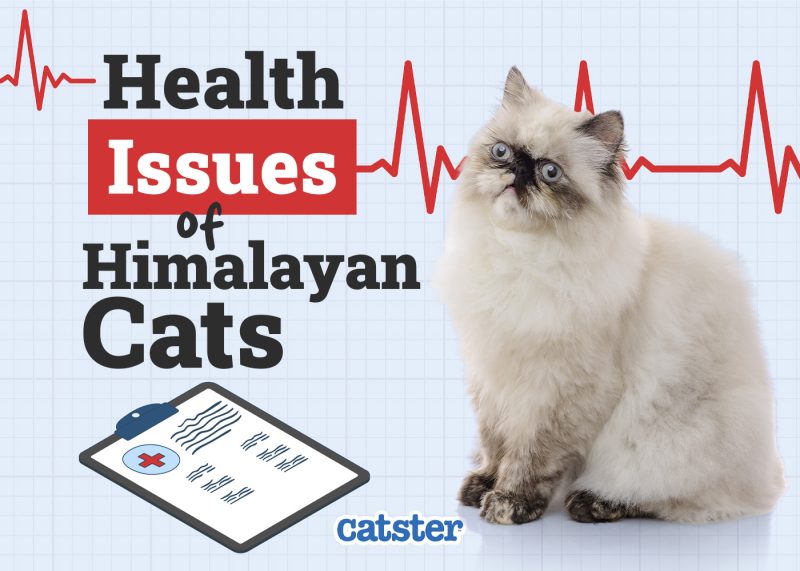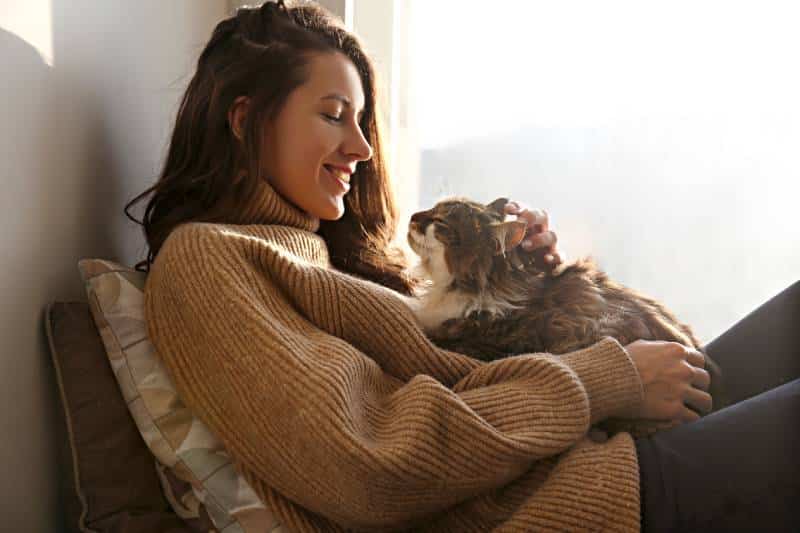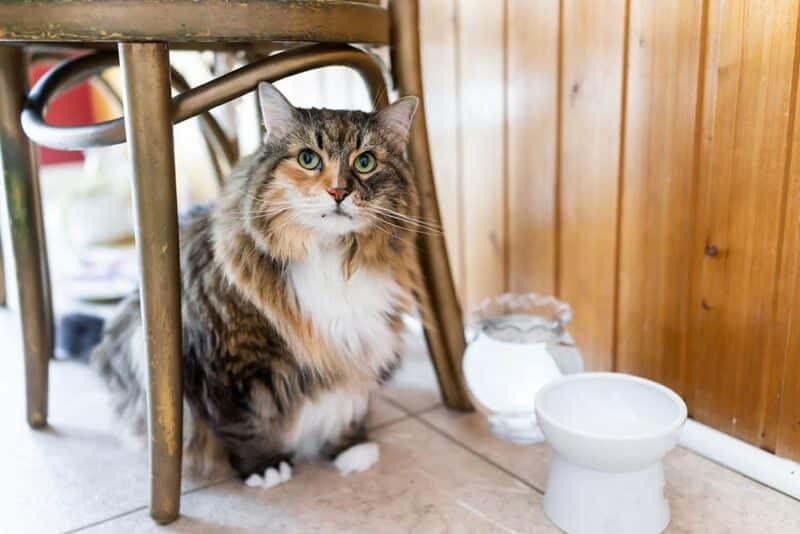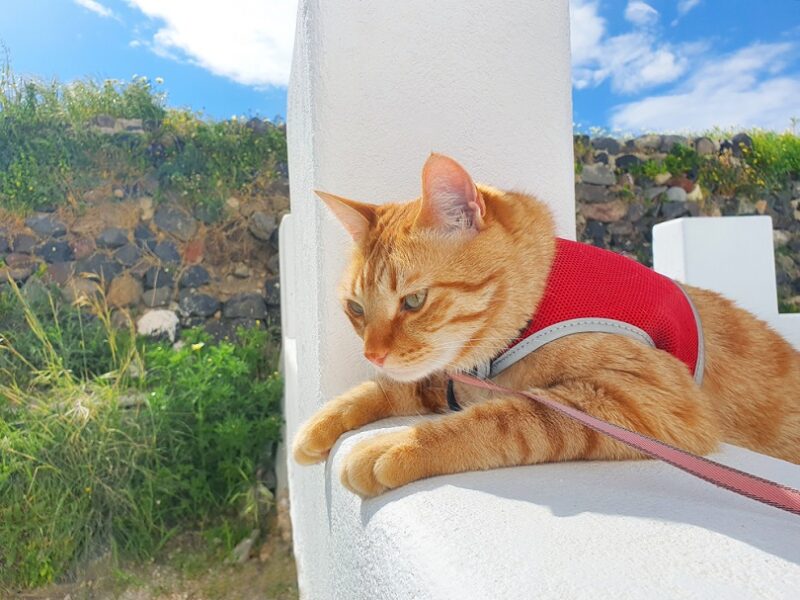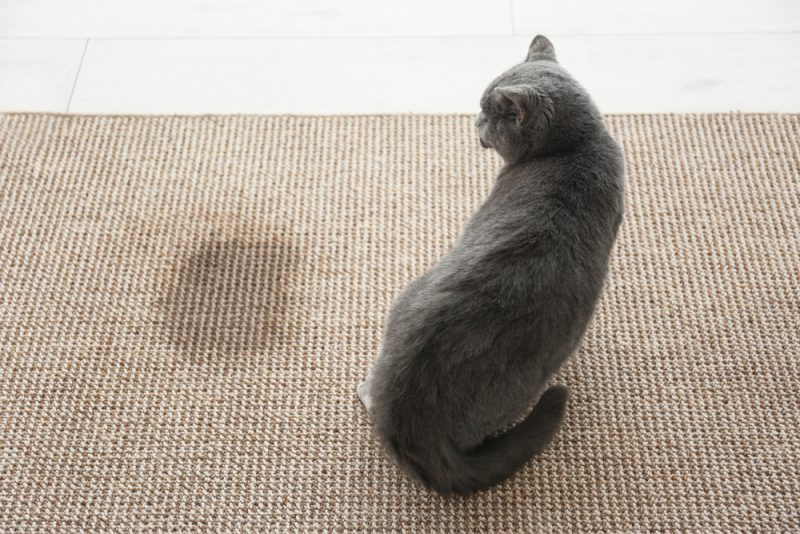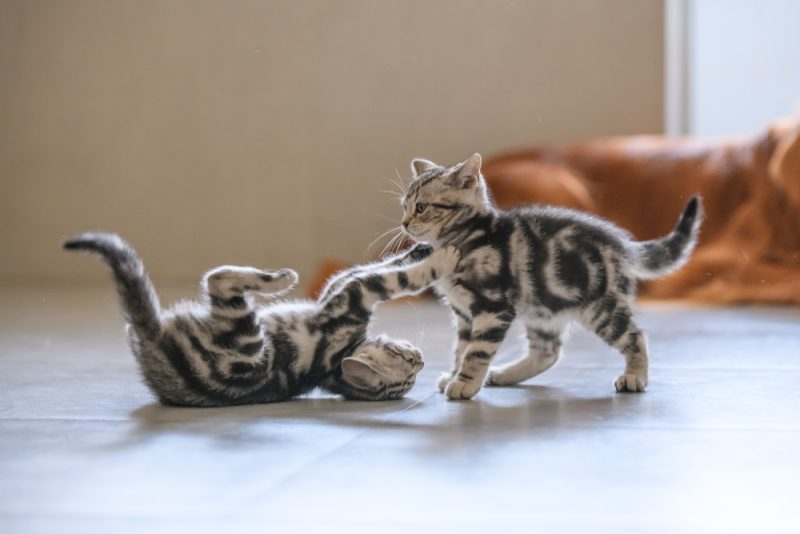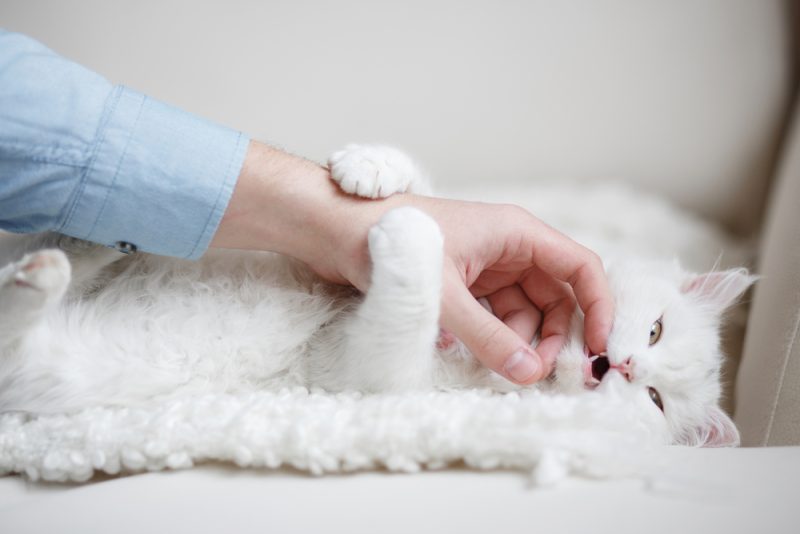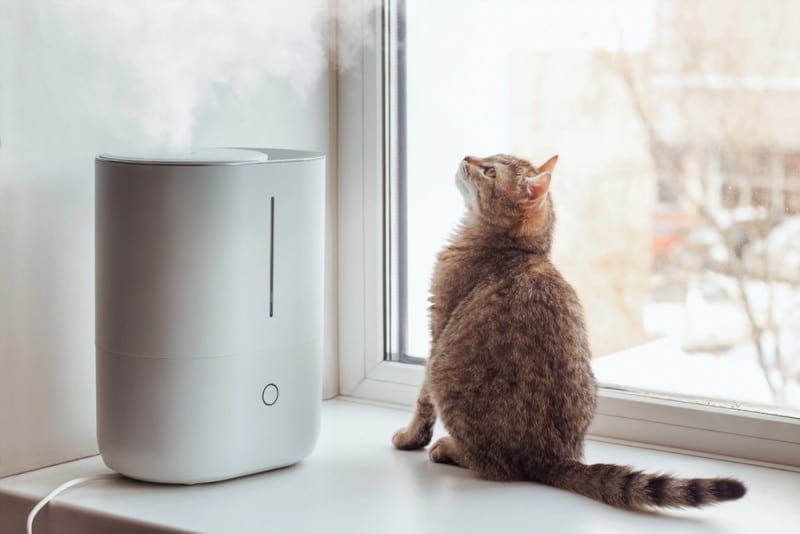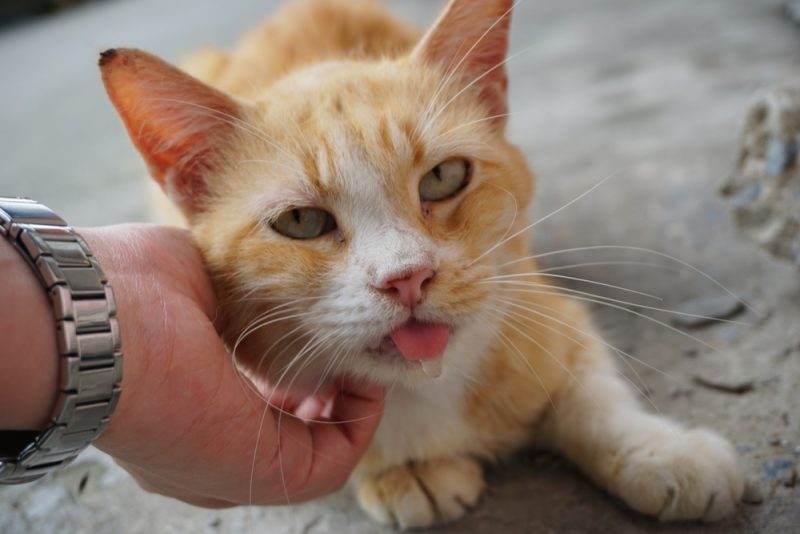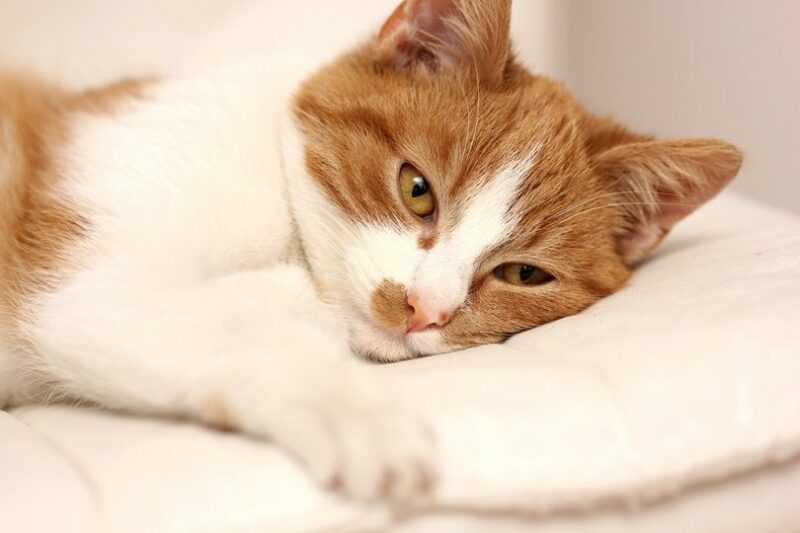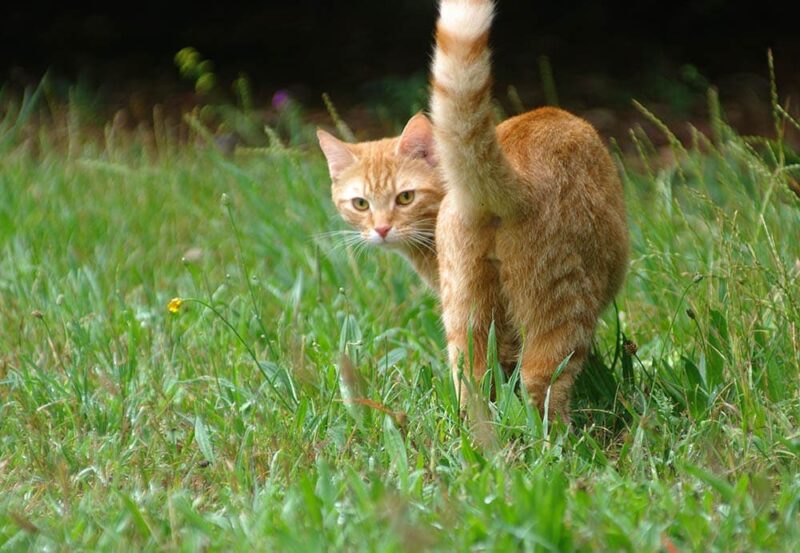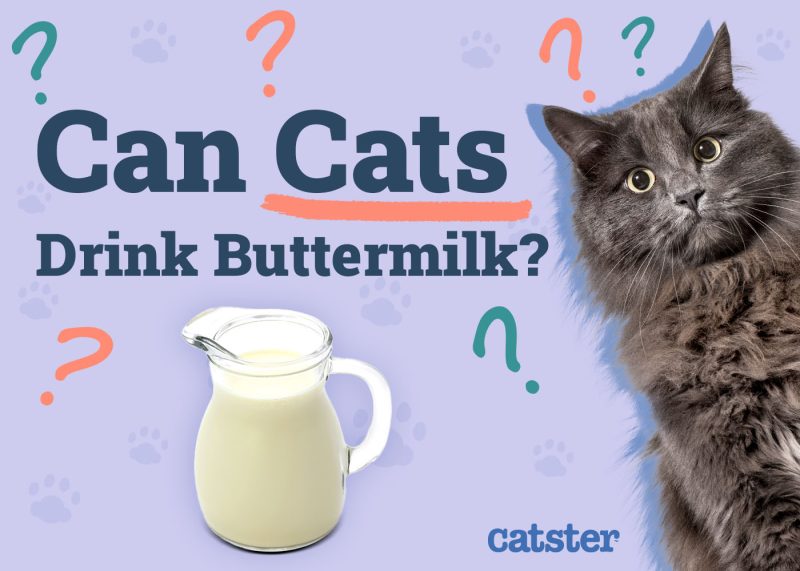In this article
The Himalayan cat is a beautiful Asian breed with long hair and a “smooshed” face. They are a cross between Persians and Siamese, and they’re incredibly docile and lovable. These cats are popular as pets thanks to their easygoing personalities.
Like all breeds, Himalayans are prone to various health conditions, some of which directly result from the breeding that gives them their distinctive looks. Read on to learn about six common issues for Himalayan cats.

The 6 Common Himalayan Cat Health Problems
1. Breathing Difficulties
The Himalayan is a brachycephalic breed, which means they have a broad, short skull. This can lead to difficulty breathing due to the compression of the sinuses and nasal passages. Himalayans may be more susceptible to upper respiratory infections.

2. Joint Problems and Deformities
Himalayan cats are desirable, and kittens can command high prices. However, some breeders are unreputable and prioritize their profits over the health of the cats. Poor breeding and inbreeding can lead to joint problems or organ deformities that can cause pain, complications, and high veterinary costs throughout their lives.
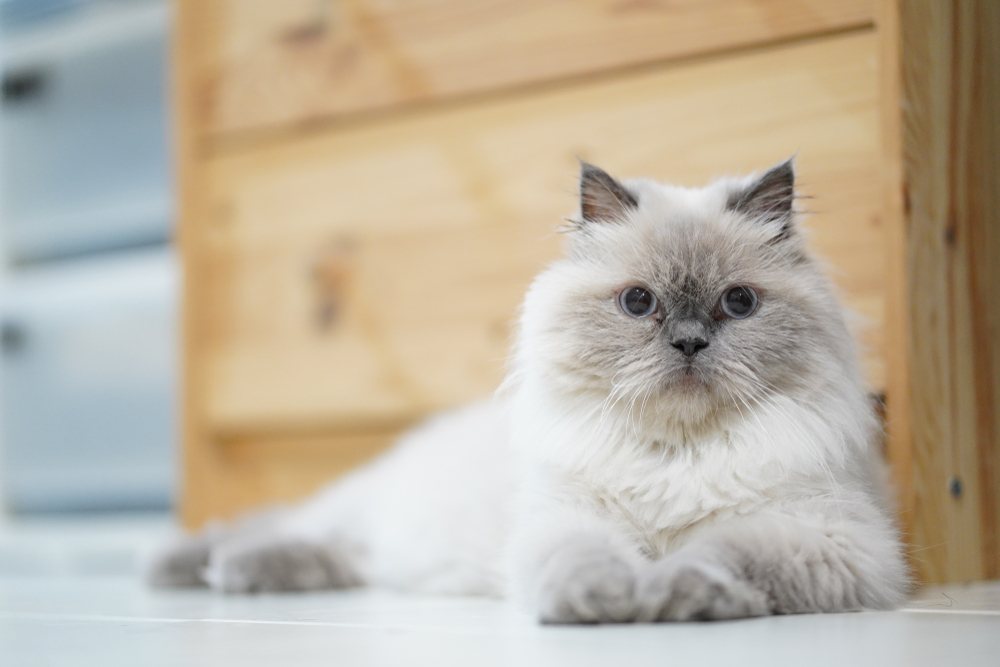
3. Dental Malocclusions
Dental malocclusion is a poorly aligned bite, which may be skeletal or dental. Skeletal malocclusion is when the length of the lower jaw doesn’t align with the length of the upper jaw, and the teeth don’t align properly.
The teeth can also be misaligned, even with a normal jaw. Both conditions are common in brachycephalic breeds like the Himalayan and can cause trauma to the teeth or soft tissue, a predisposition for dental disease, and nutritional deficits.
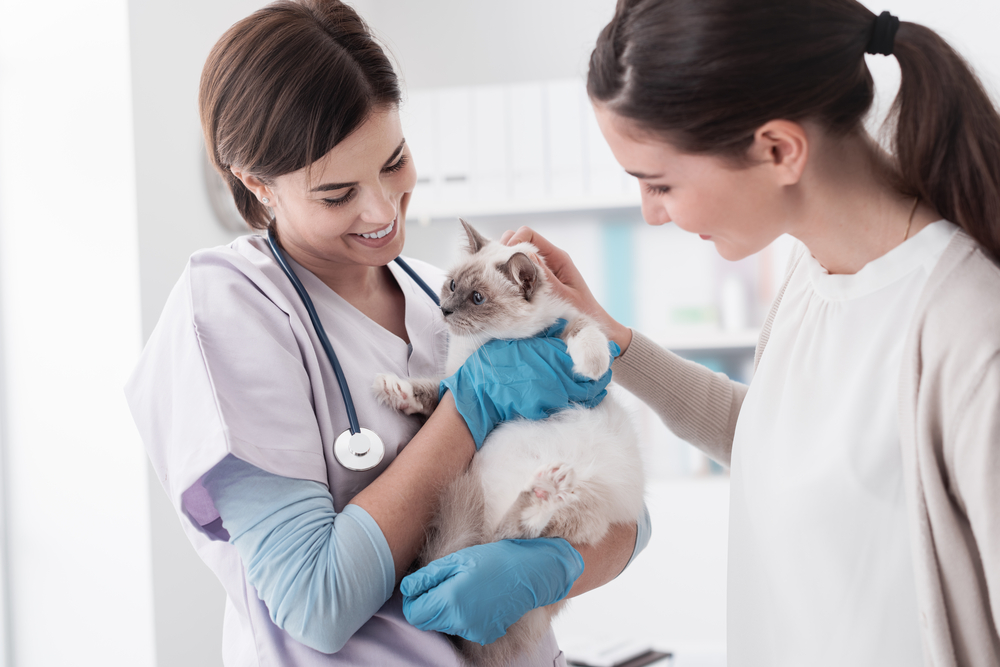
4. Cherry Eye
Cherry eye is a condition in which the third eyelid gland is prolapsed. This third eyelid is an additional layer of eye protection and helps keep the cornea lubricated. If it flips out of its normal position, it can become red, enlarged, irritated, and protrude out of the eye.
Over time, this can irritate your cat and lead to rubbing or scratching, which can damage the eye. The condition typically worsens, so it’s best to treat it quickly.
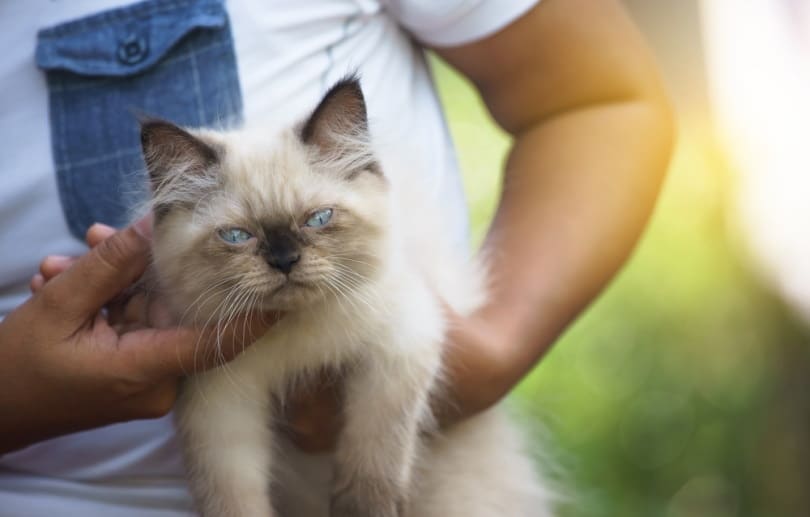
5. Polycystic Kidney Disease
Polycystic kidney disease is a genetic condition seen in Himalayan Cats and other breeds. This condition causes multiple cysts to form in the kidneys at birth, which grow over time and may disrupt kidney function.
The progression and severity of the cysts can vary between cats, but once it disrupts the kidneys, it can cause kidney failure. The condition is not curable or truly treatable; all treatments are supportive and intended to treat the signs and slow the progression of the disease.
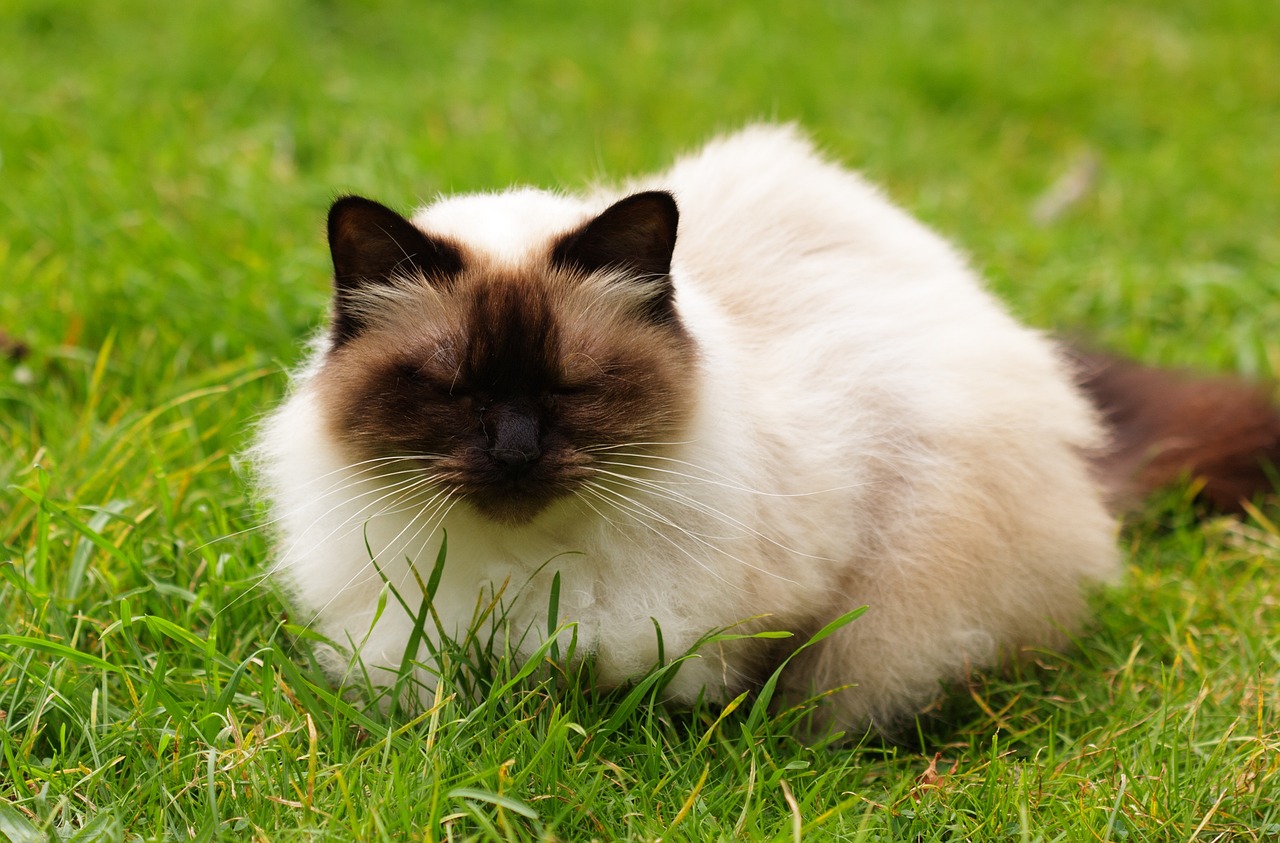
6. Feline Hyperesthesia Syndrome
Feline hyperesthesia syndrome, also known as “twitch-skin syndrome,” is a condition in which the affected cats intensely bite and lick the back, tail, and limbs. Multiple systems are affected, and it can be distressing for a cat.
While any age or breed of cat can be affected, purebred Asian breeds like Himalayans may be predisposed. Though rare, this condition isn’t curable, and treatment is intended to suppress the episodes and minimize self-mutilating behaviors.
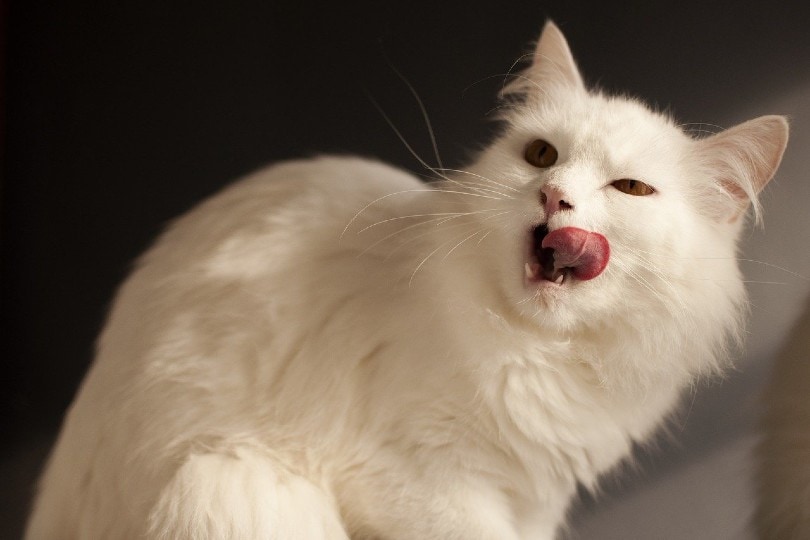
Are Himalayan Cats Healthy?
Though Himalayan cats are prone to some health conditions, they’re relatively healthy. Genetics, environment, veterinary care, and other factors can impact whether a cat develops health conditions.
Along with genetic or breed-specific problems, Himalayan cats may also develop common conditions that affect cats as a species, such as respiratory infections, ringworm, rabies, heartworm, feline leukemia virus, feline immunodeficiency virus, and diabetes. Fortunately, many of these conditions can be prevented with regular vaccinations.
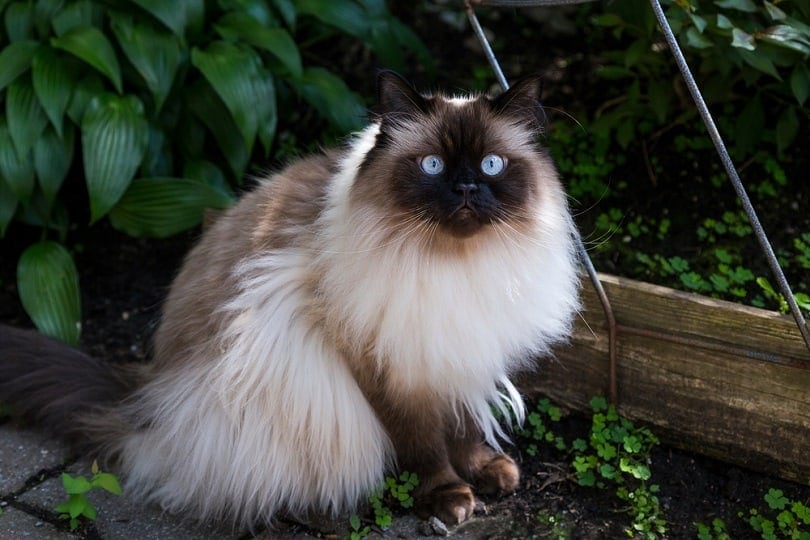

Conclusion
Himalayan cats are stunning and docile, with long, luxurious coats and distinctive looks. Like all cats, they are prone to various health conditions, which is why it’s essential to use a reputable breeder who tests their cats to promote good health. It’s also vital to take your cat to the vet for regular wellness checkups to monitor their health and identify any problems early on.
Featured Image Credit: Catursari, Shutterstock
